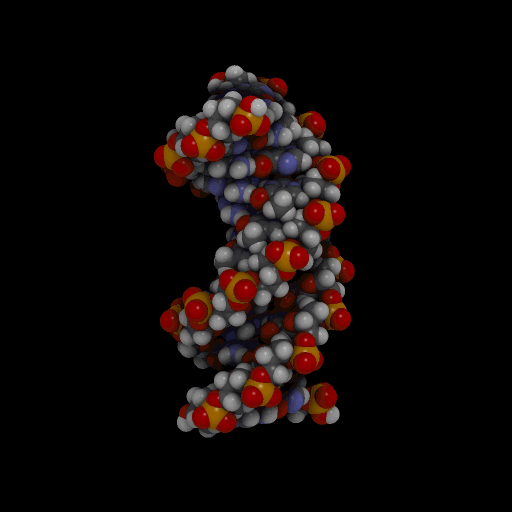In general, it is very hard to get people to care about science. I don't want to force a history major to change his degree to bioengineering. I don't need a six year old to sign a contract detailing her commitment to being the next Nobel prize winner. I'm talking about just getting someone (anyone!) who isn't already a scientist to recognize that science exists, science matters, and science can be cool.
I watched this incredible video produced by the Royal Society for the Encouragement of Arts, and one point in particular stuck with me for the last week. Most of the stuff I teach to students is boring. It really is.
 |
| I've been on both receiving ends of this exchange. |
However, I find science fascinating. So, like my other teaching colleagues, I have found myself bewildered when students don't agree. Then I think about my mindset when I was taking the same classes. I have never been excited by basic facts. I am always excited to learn about how facts connect to tell stories.
 |
| Boring: DNA is a long polymer of nucleotides Interesting: The composition of human DNA reveals that humans mated with neanderthals thousands of years ago |
But if you want to make cool connections and form interesting questions, you have to have a least a working understanding of some facts. And in a time where everyone's attention span (including mine) lasts roughly 1-2 minutes, facts need to be presented more effectively than bulleted points on a PowerPoint presentation.
 |
| Photo provided by Mika photography |
GZA is one of the founding members of the WuTang Clan, one of the most prolific and important hip-hop collectives of all time. You may already know that about him. What you may not know is that he is a science advocate and all-around fascinating guy.
In my dream world, the sciences are intriguing to everyone. I would imagine painters and musicians coming into the field with me to be inspired by the annual explosion of life from vernal wetlands. I would imagine prominent scientists and popular musicians working with Hollywood filmmakers to produce beautiful documentaries about the natural world. I would imagine hip hop artists walking down the halls of M.I.T., researching their next album.
Of course, these are imaginary for now. Except the last one. That one is true.
GZA is doing just that. He’s writing albums based on physics and biology. His upcoming album “Dark Matter” will no doubt be incredible. In the words of the man himself, "There's no parental advisory, no profanity, no nudity, the only thing that's going to be stripped bare is the planets." I’m sold.
The above links are from last year, but we only have to wait until this summer to listen to GZA's scientific treatise. BUT, my google news alert for "GZA" made sure that I received this video preview:
Writing a hip-hop album about science is cool. But let me show you something even cooler that GZA is involved with. It is called the "Science Genius B.A.T.T.L.E.S." program, a collaboration between Columbia University's Chris Emdin, New York City public Schools, and GZA himself.
Please watch this great video story about the program from PBS news hour:
While I probably won't be rapping in my classrooms anytime soon, this is a great reminder of why striving to make science education better is a basic component of making science better for everyone.




